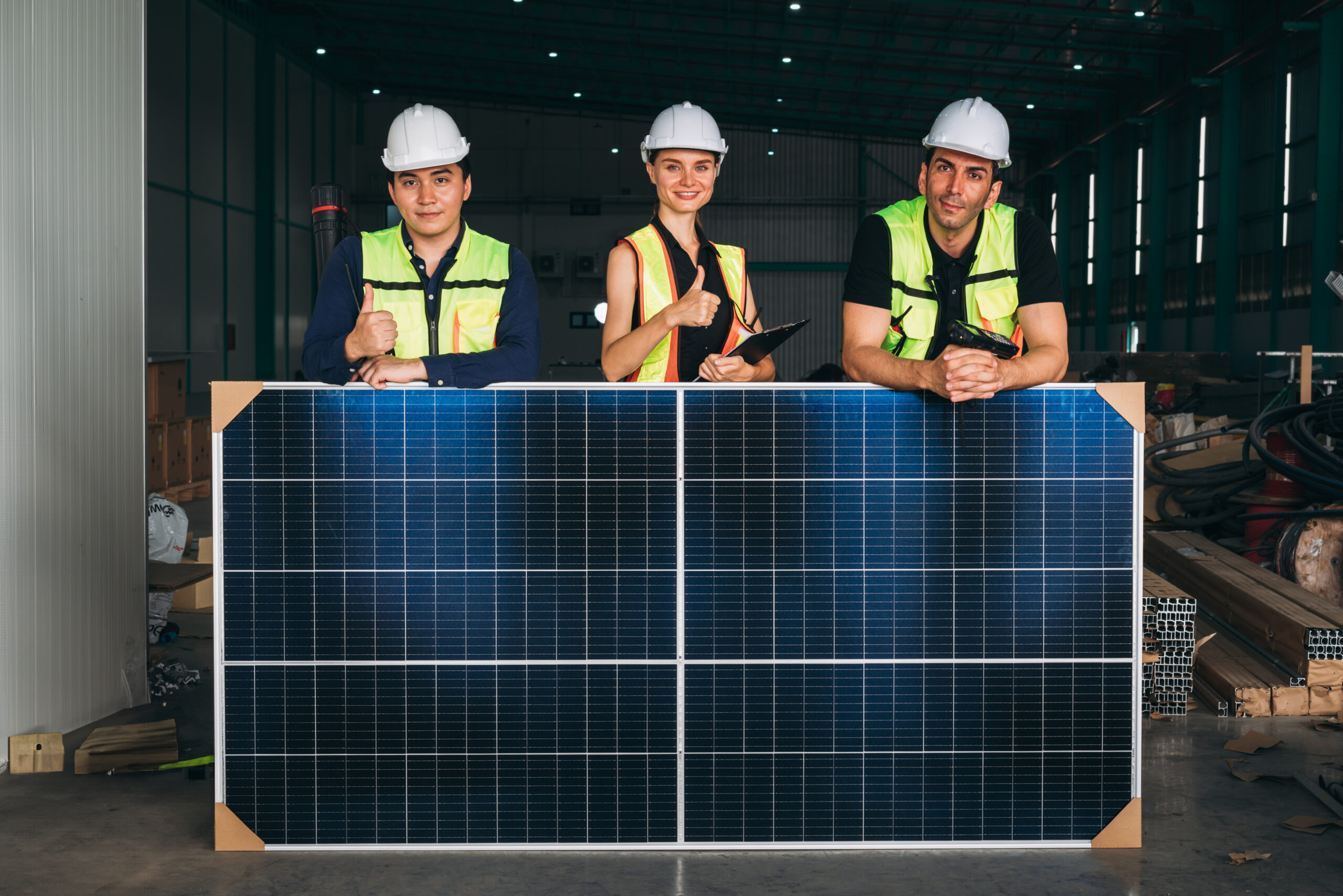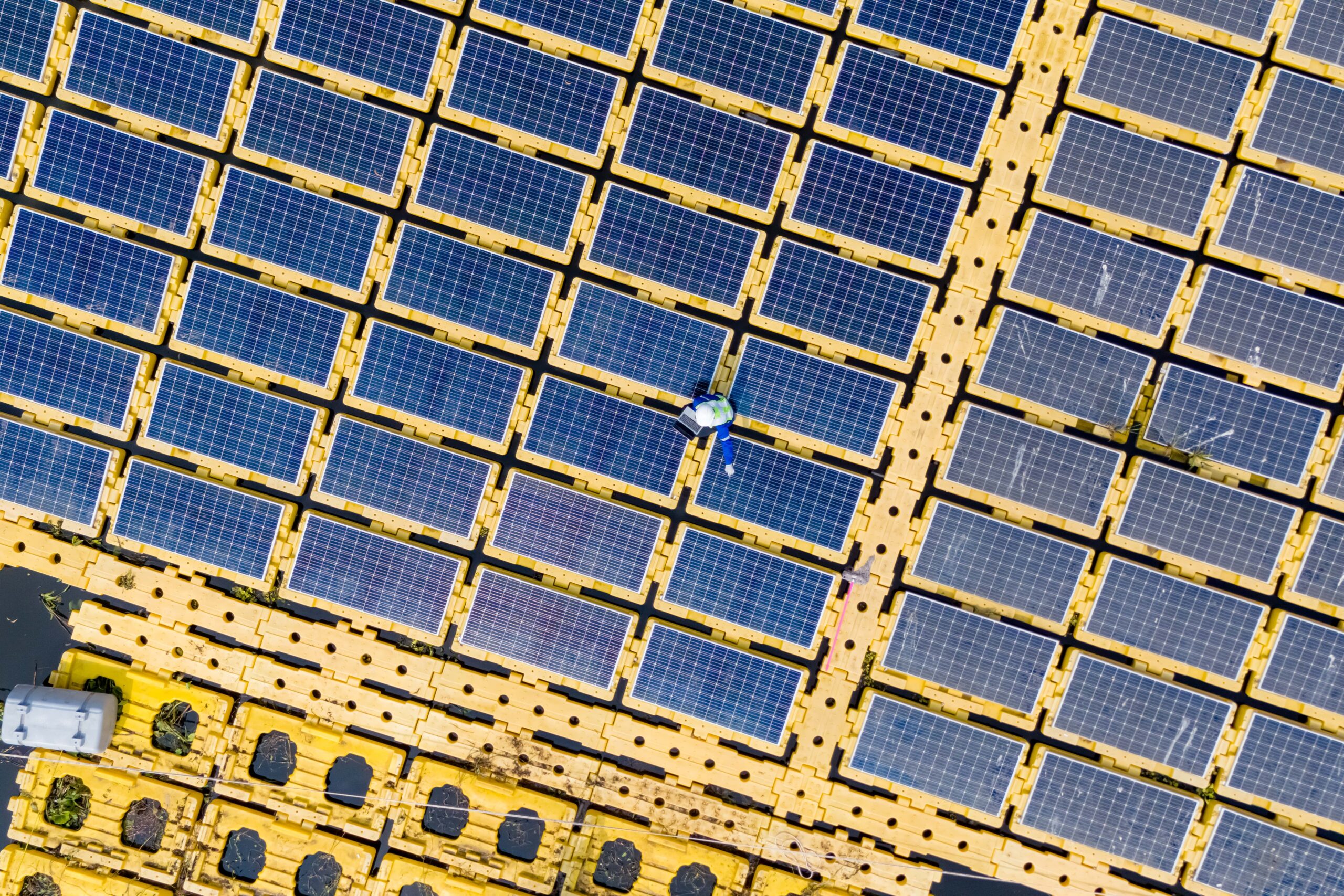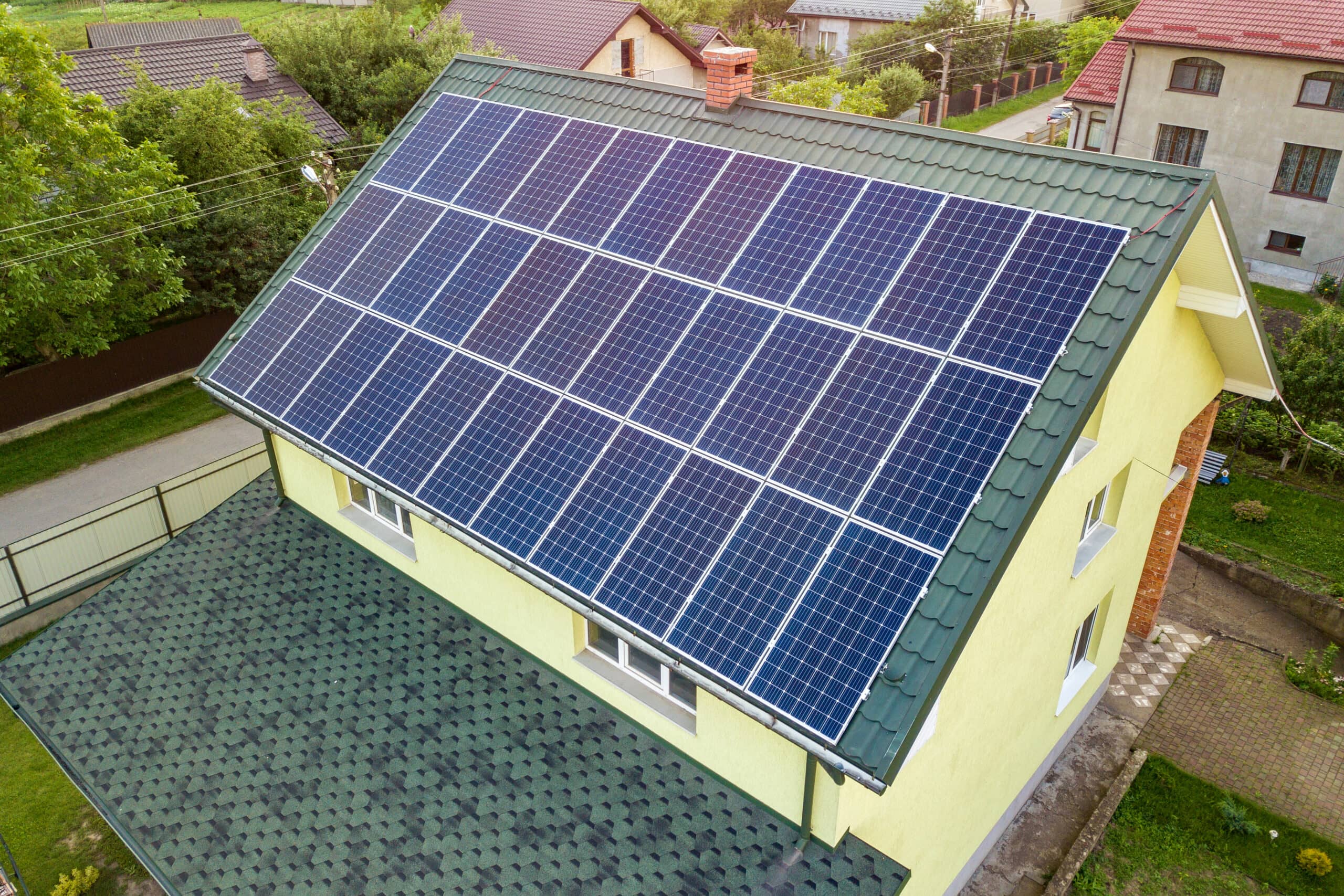Solar energy is gaining popularity in Canada as a renewable energy solution. With a growing focus on environmental sustainability and the shift towards cleaner energy sources, solar panels have become a viable option. Understanding the financial aspect of solar panel investments is essential for making informed decisions in both countries.
In Canada, solar panel adoption is rising due to government incentives, favourable policies, and the desire to reduce reliance on traditional energy sources. With abundant sunlight and a vast geographical expanse, Canada has excellent potential for solar energy. Homeowners and businesses are recognizing the long-term financial benefits, including energy savings and government incentive programs.
Cost of Solar Panels
In Canada, the average cost of solar panels can vary depending on several factors. The solar system’s size and the installation’s complexity significantly determine the overall cost.
Regarding system size, larger solar systems in Canada generally have a higher upfront cost than smaller systems. This is because larger systems require more solar panels and equipment to generate more electricity. However, it’s important to note that larger systems can also provide more significant energy savings in the long run.
The complexity of the installation is another factor that influences the cost of solar panels in Canada. Factors such as the type of roof, accessibility, and electrical upgrades needed can impact the installation expenses. For example, if a roof requires reinforcement or extensive electrical work, the installation cost may increase.
In Canada, various financial incentives and rebate programs are available to help offset the cost of solar panel installations. These incentives include government grants, tax credits, and rebates, which can make solar panels more affordable and financially beneficial in the long term.
Solar Panel Efficiency
Solar panel efficiency ratings are an essential factor to consider when determining the payback period of your solar panel system. The efficiency rating refers to how effectively the solar panels convert sunlight into electricity.
Higher efficiency ratings mean solar panels can generate more electricity from the same amount of sunlight. This is beneficial because it allows you to produce more energy and potentially offset a larger portion of your electricity bill.
Different types of solar panels have varying efficiency ratings. Monocrystalline panels are known for their high efficiency, typically ranging from 15% to 22%. Polycrystalline panels have slightly lower efficiency, usually between 13% and 16%. Thin-film panels have the lowest efficiency, typically 10% to 12%.
Choosing the right technology for your solar panel system is crucial in maximizing returns. If you have limited roof space, opting for higher-efficiency panels can help you generate more electricity in a smaller area. However, it’s important to note that higher-efficiency panels usually come with a higher upfront cost.
The impact of solar panel efficiency on the payback period is significant. Higher-efficiency panels can generate more electricity, which means you can save more on your electricity bills over time. This can help you recoup your initial investment faster and start enjoying the financial benefits of your solar panel system sooner.
Solar Incentives and Rebates
Several incentives and rebates are available to encourage the adoption of solar energy. One notable program is the Federal Solar Investment Tax Credit (ITC), which allows homeowners to claim a tax credit for a portion of their solar panel system’s cost. Another famous rebate is the Home Energy Conservation Program. It offers up to $5,000 rebates for energy-efficient upgrades, including solar installations. The Indigenous Off-Diesel Initiative is worth noting, as it funds renewable energy projects, including solar, in Indigenous communities. Additionally, some provinces offer incentives, such as the Net Metering Program, which allows homeowners to receive credits for excess electricity they generate and feed back into the grid.
These incentives and rebates can significantly reduce the upfront cost of installing solar panels and positively impact the payback period. By taking advantage of these financial incentives, homeowners can lower their initial investment and recoup their costs more quickly through energy savings. It’s important to note that these incentives’ availability and specific details may vary, so it’s always a good idea to check with local government agencies or consult with a solar installer to get the most accurate and up-to-date information.
Energy Savings and Payback Period
In Canada, homeowners who invest in solar panels can expect significant energy savings. On average, solar panels can reduce electricity bills by around 40-70%. For example, if a homeowner’s monthly electricity bill is $200, they could save $80-140 per month with solar panels. Over a year, that adds up to savings of $960-1,680. These savings can vary depending on the region’s system size, energy usage, and available sunlight.
The payback period ranges from 5 to 15 years. This refers to the time it takes for the energy savings from solar panels to cover the initial investment. Let’s say a homeowner invests $20,000 in a solar panel system. With an average energy savings of $1,200 annually, recouping the initial investment would take around 16.7 years. However, with available incentives and rebates, the payback period can be significantly reduced, making solar panels a more financially viable option in the long run.
Investing in solar energy helps reduce reliance on traditional energy sources and provides long-term financial benefits. With rising electricity costs and incentives available, solar panels can be a wise investment for homeowners in Canada.
Environmental Benefits
One of the key environmental advantages of solar energy is its ability to reduce greenhouse gas emissions. Using solar panels to generate electricity significantly decreases the need for traditional fossil fuel-based power sources. This means fewer harmful emissions like carbon dioxide (CO2) and other greenhouse gases are released into the atmosphere. By investing in solar panels, we can make a positive impact on climate change by reducing our carbon footprint.
Furthermore, solar energy helps decrease our reliance on finite fossil fuel resources. By harnessing the power of the sun, we reduce the need for extracting and burning fossil fuels such as coal, oil, and natural gas. This not only conserves these valuable resources but also helps mitigate the negative environmental impacts associated with their extraction and combustion.
The benefits become even more significant when we consider the broader impact of solar panel investments on sustainability and climate change mitigation. By adopting solar energy, we contribute to the transition towards a cleaner and more sustainable energy future. This shift away from fossil fuels helps to protect the environment, preserve natural ecosystems, and promote a healthier planet for future generations.
So, investing in solar panels brings financial advantages and contributes to a greener, more sustainable world. It’s a win-win situation for both our wallets and the environment!
In Canada, the payback period for solar panels can vary depending on installation costs, available incentives, and local electricity rates. However, it’s essential to consider the financial aspect and the environmental and long-term benefits of investing in solar energy.
Solar panels offer a promising payback period, typically 5 to 10 years, depending on the specific circumstances. While the initial investment may seem significant, the long-term cost savings and potential for energy independence make it a worthwhile consideration.




